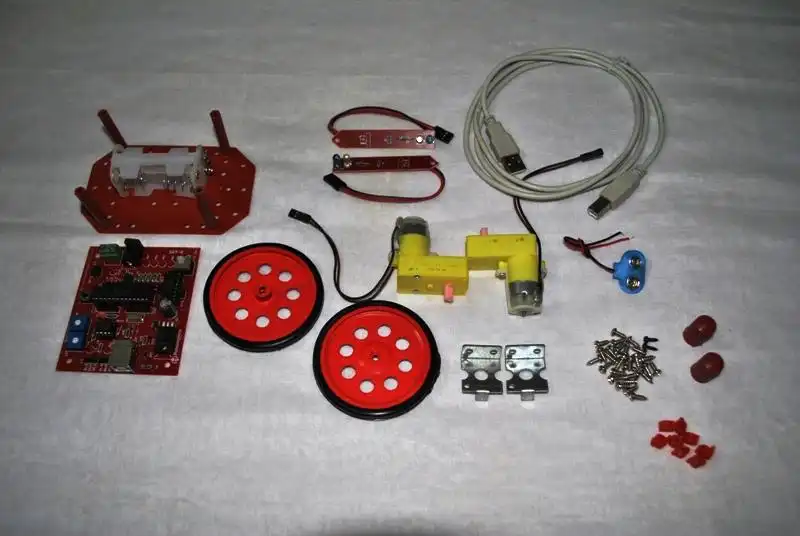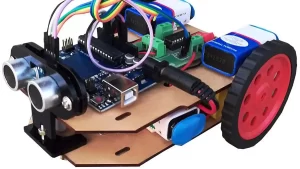Vidyasagar Academy has a popular course to learn embedded system programming with 8051 MUC. Just click this link to read more and register your name for the free course.

Learning 8051 embedded programming from scratch is a great way to gain a solid foundation in microcontroller programming. The 8051 microcontroller is a popular choice for beginners due to its simplicity and widespread use in various applications.
Here’s a step-by-step guide to help you get started –
Understand the Basics
Before you dive into 8051 programming, make sure you have a basic understanding of digital electronics, microcontrollers, and programming concepts. It’s also helpful to know some C or assembly language programming.
Get the Necessary Hardware and Software
8051 Development Board: You’ll need a development board that uses an 8051 microcontroller. There are various 8051 development boards available in the market, such as AT89C51, AT89S52, etc. Make sure to choose one that suits your needs and budget.
Programming Software
You’ll need a programming environment to write and compile your code. You can use Keil C51, SDCC (Small Device C Compiler), or other 8051-specific IDEs.
USB Programmer
To transfer your code from the computer to the 8051 microcontroller, you’ll need a USB programmer that supports your chosen 8051 variant.
Learn the 8051 Architecture
Familiarize yourself with the 8051 microcontroller’s architecture. Learn about its CPU, memory, I/O ports, timers/counters, and interrupt system. Understanding the architecture is crucial for writing efficient code.
Start with Assembly Language
While it’s possible to program 8051 microcontrollers in C, it’s recommended to begin with assembly language. Assembly language gives you a deeper understanding of the microcontroller’s inner workings. There are various online tutorials and books available to help you get started with 8051 assembly programming.
Experiment with Simple Programs
Start by writing simple assembly programs that manipulate I/O ports, timers, and counters. Experiment with blinking LEDs, reading switches, and other basic input/output operations.
Learn C Programming
If you’re more comfortable with C programming, you can transition to using C for 8051. Keil C51 is a popular C compiler for 8051 microcontrollers. Study the syntax and structure of C programs for 8051 and experiment with more complex projects.
Work on Practical Projects
To reinforce your learning, work on real-world projects. Start with small, manageable projects and gradually increase their complexity. Projects could include digital thermometers, security systems, or data loggers.
Study Datasheets and Manuals
Always refer to the microcontroller’s datasheet and user manual for detailed information on its features and operation. These documents are invaluable for understanding the 8051’s capabilities.
Join Online Communities
Join online forums, communities, and discussion groups related to 8051 microcontrollers. You can ask questions, seek advice, and share your projects with others. Websites like 8051projects.net and 8051microcontrollers.com can be helpful.
Practice, Experiment, and Debug
The key to becoming proficient in 8051 programming is practice. Experiment with different projects, and don’t be afraid to make mistakes. Debugging is an essential skill, so learn how to identify and fix issues in your code.
Continue Learning
The field of embedded programming is constantly evolving. Stay up to date with new developments, technologies, and tools to expand your knowledge and skills.
Remember that learning embedded programming takes time and patience. Start small and gradually build your expertise. With dedication and practice, you’ll become proficient in 8051 embedded programming and be ready to tackle more complex projects.
Vidyasagar Academy has a popular course to learn embedded system programming with 8051 MUC. Just click this link to read more and register your name for the free course.








